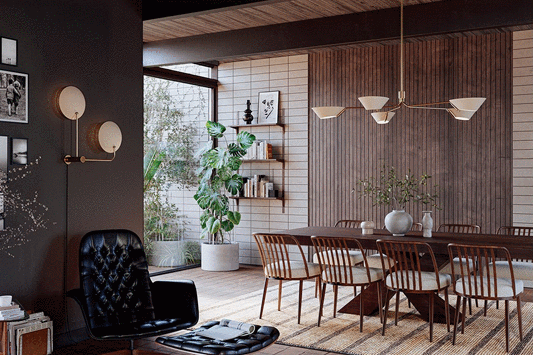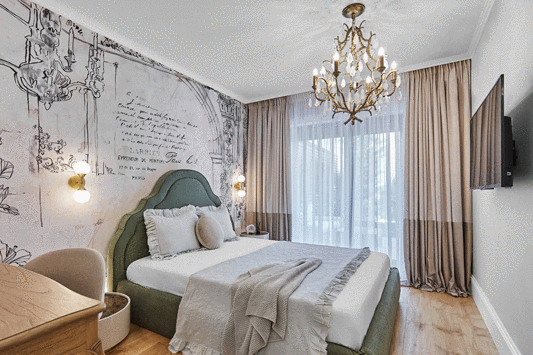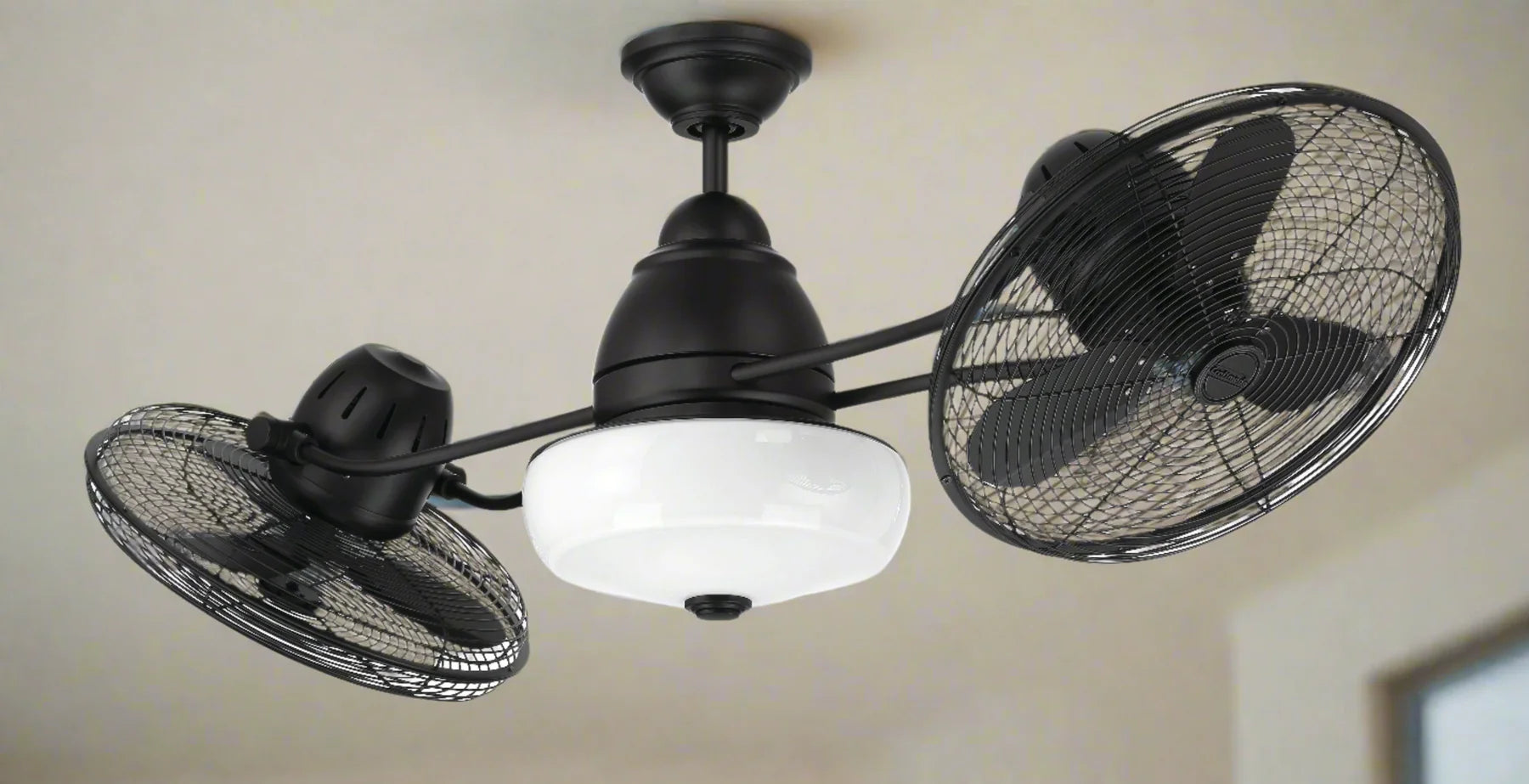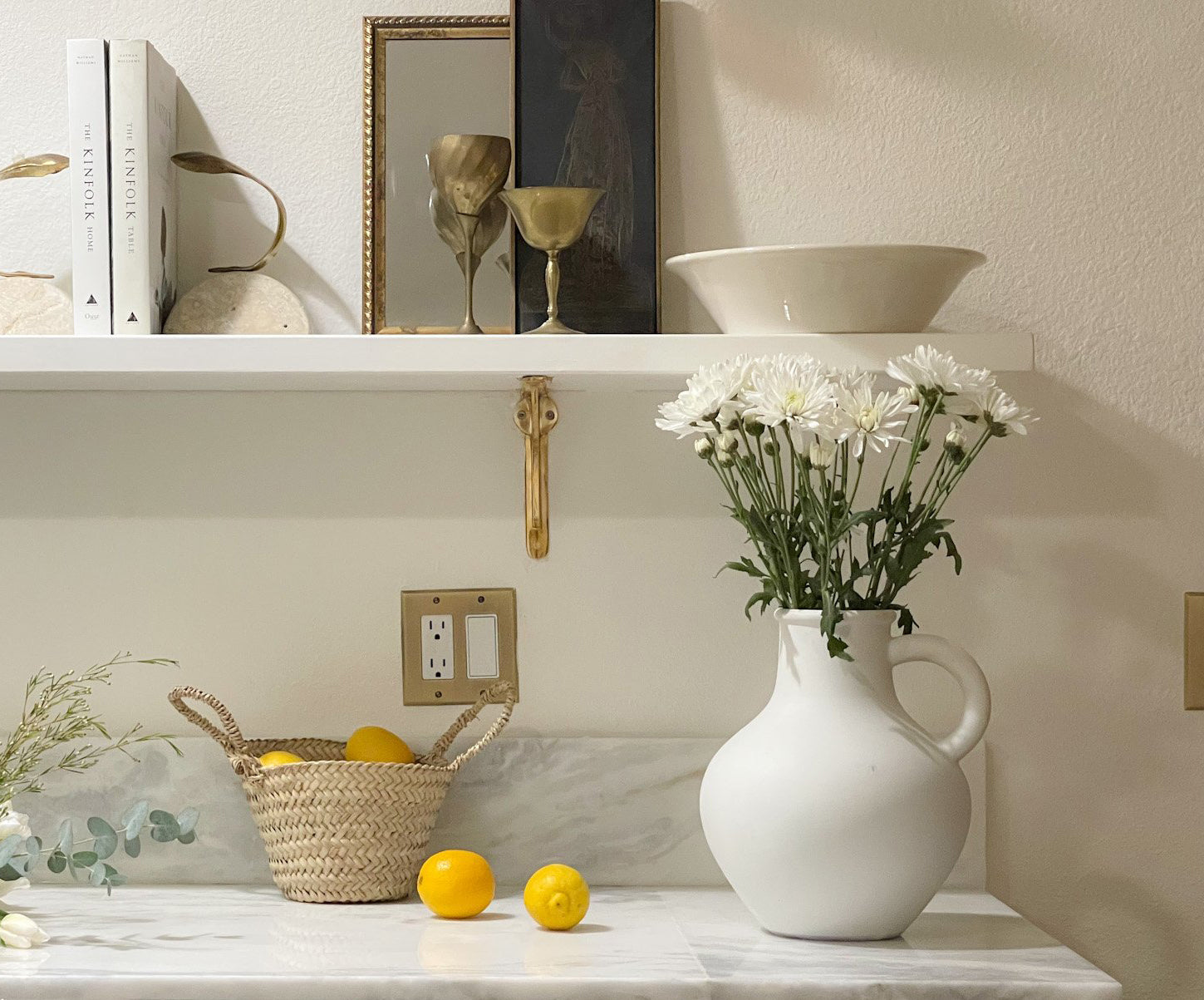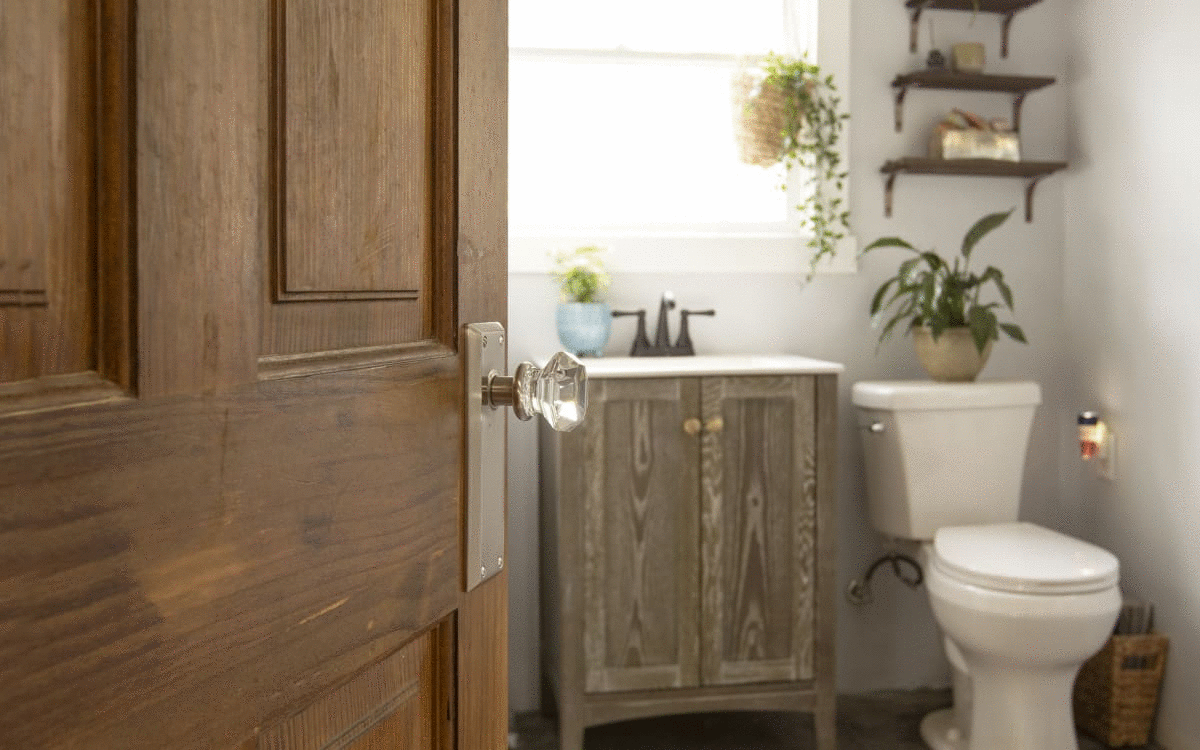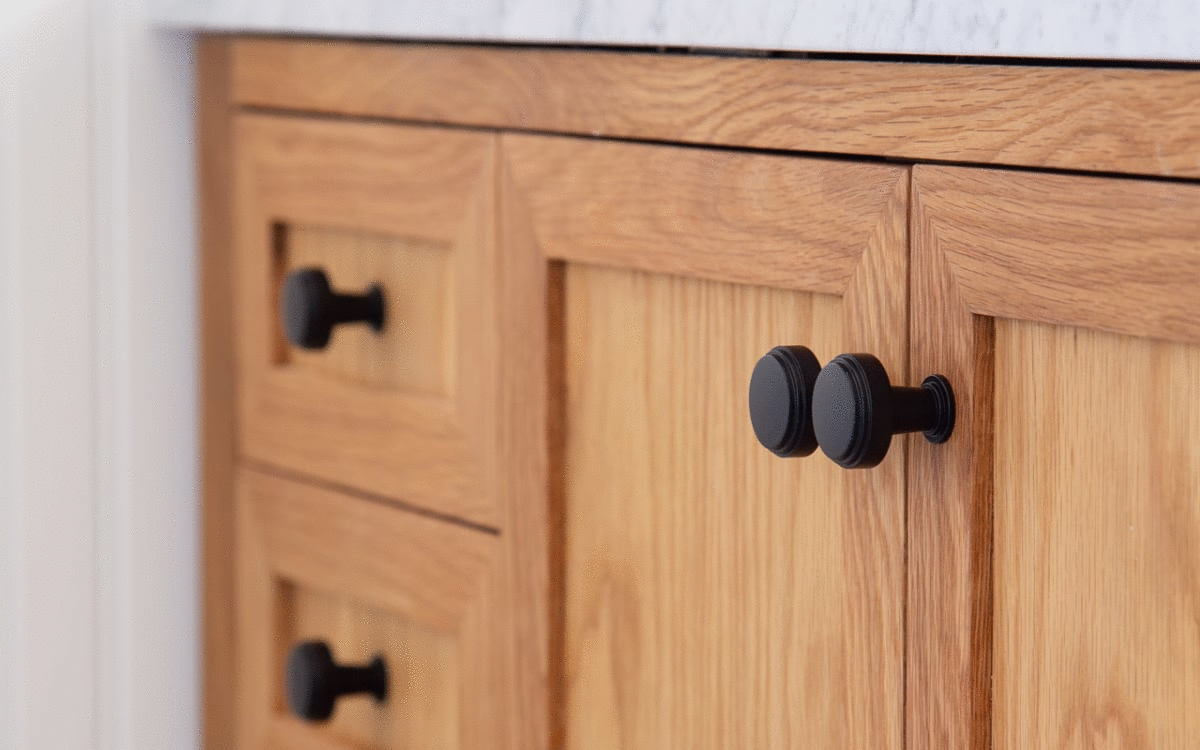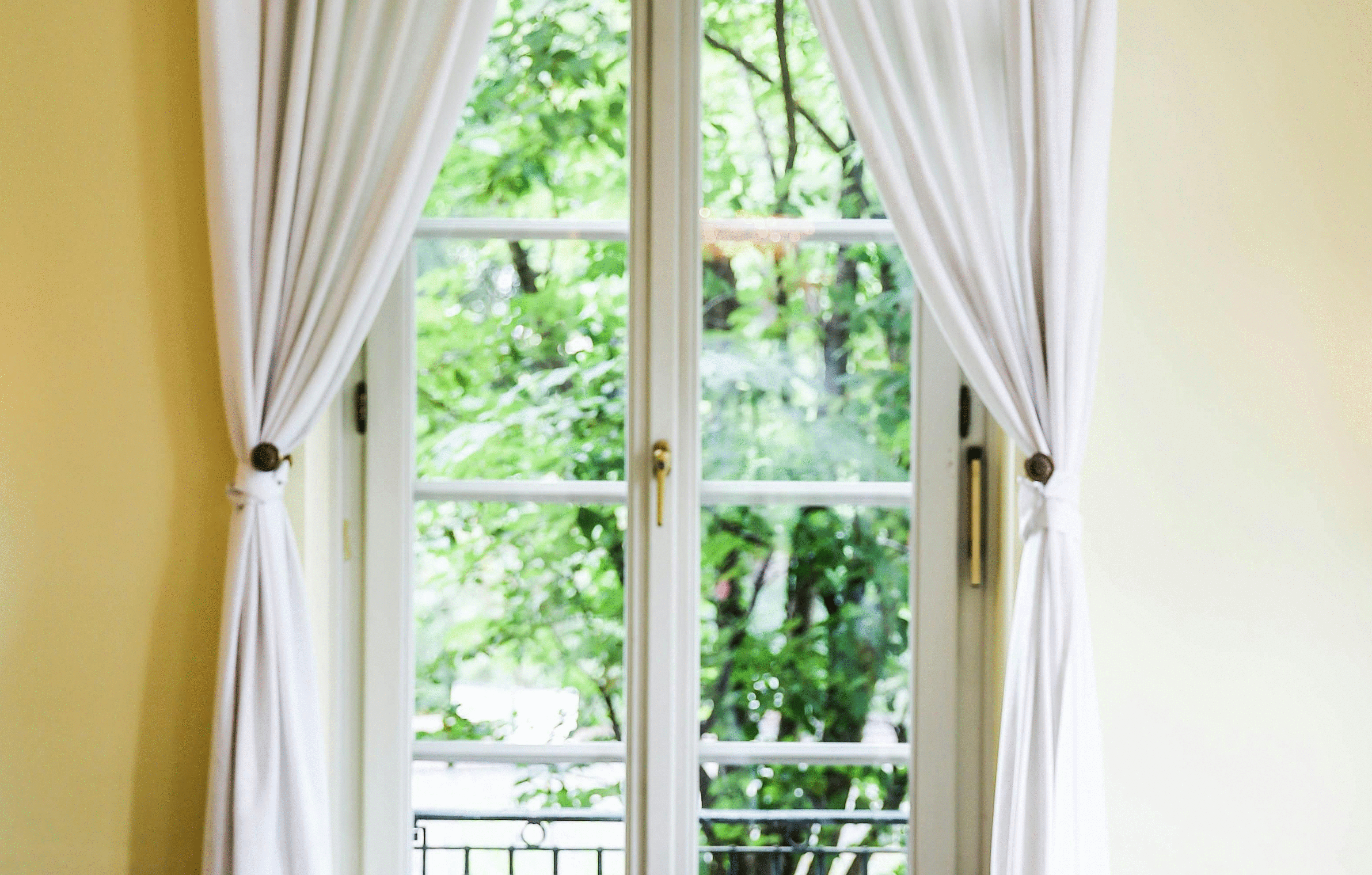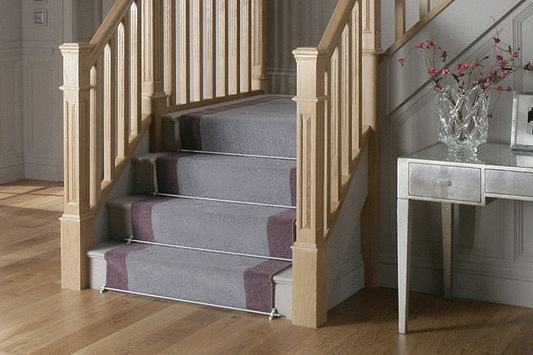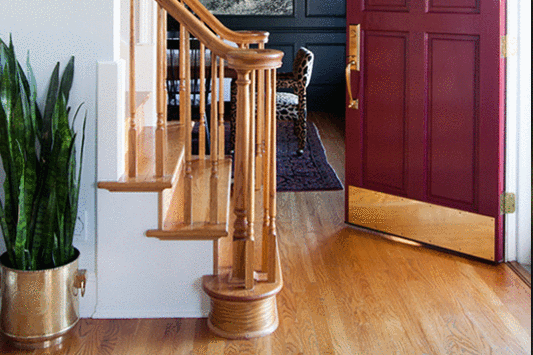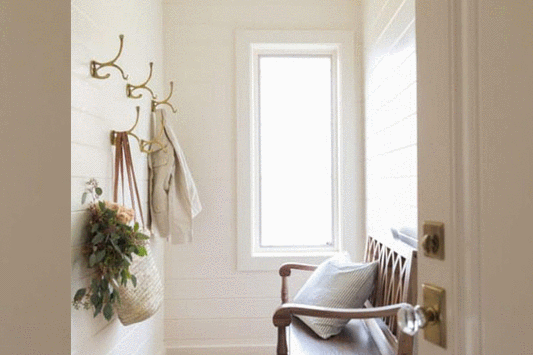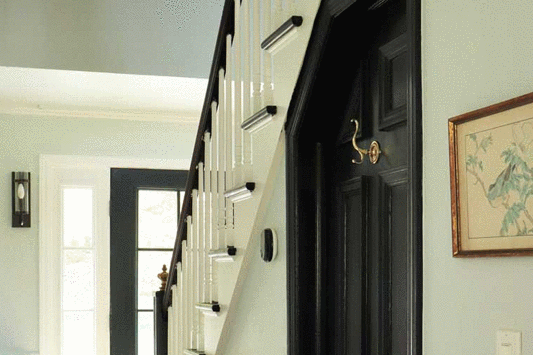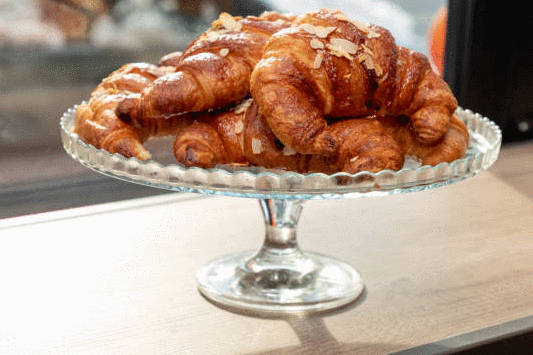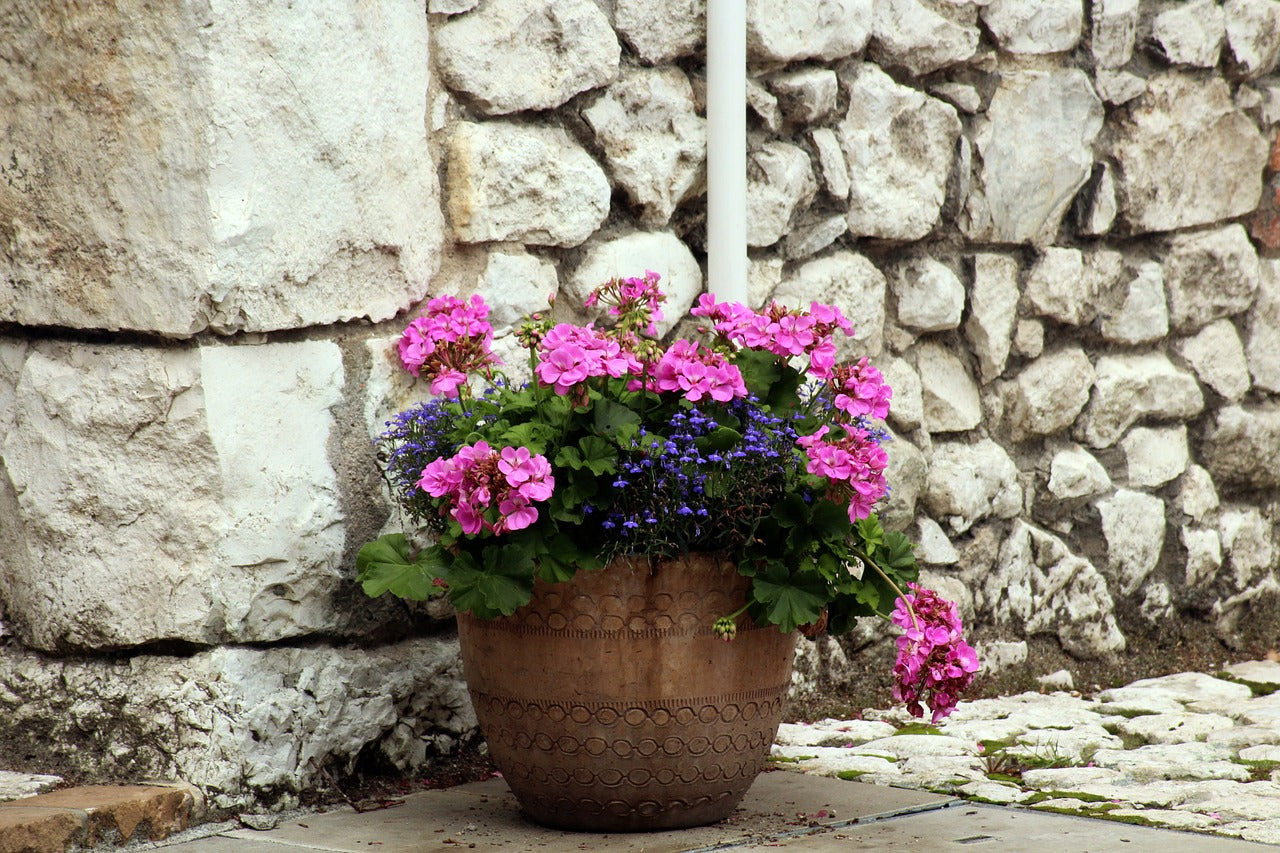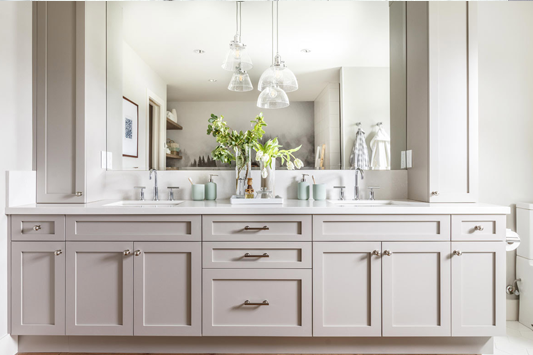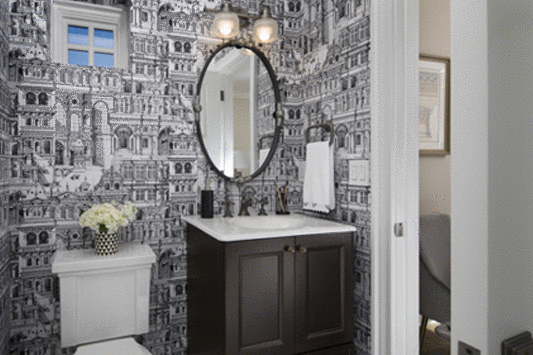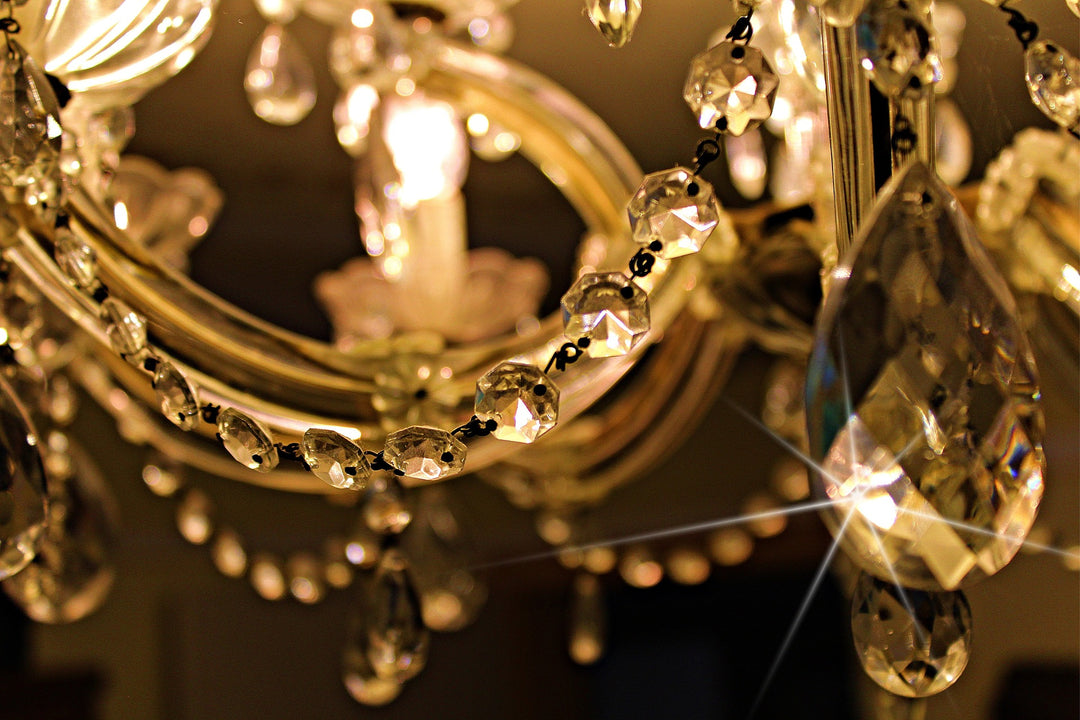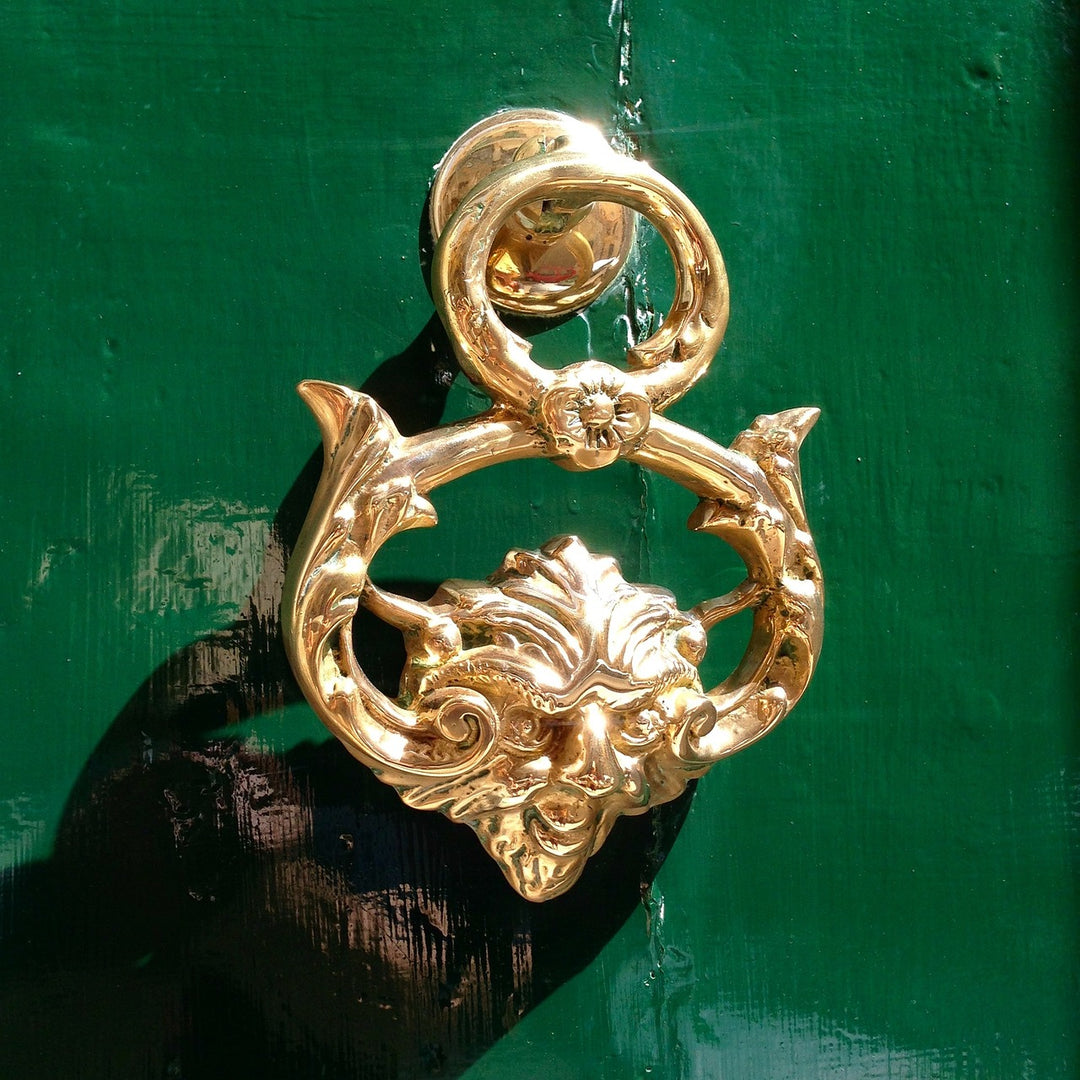History of Beaux-Arts Lighting
Lighting is a crucial aspect of any building. It can create an environment that affects the mood of the occupants in a positive or negative way. The Beaux-Arts style, characterized by grandiose buildings with elaborate ornamentation, heavily influenced lighting design in the late 19th and early 20th centuries. This article will explore the history of Beaux-Arts lighting and its impact on modern lighting design.

Beaux-Arts Style:
The Beaux-Arts style originated in France in the mid-19th century as a reaction against the austere Classicism of the time. It was a fusion of neoclassicism, Renaissance, and Baroque styles that celebrated opulence and grandeur. The Beaux-Arts style was adopted by many architects in the United States who were trained in France or by French architects who immigrated to the United States.
Beaux-Arts buildings were characterized by classical elements such as columns, arches, pediments, and balustrades. The buildings were intended to evoke a sense of power, authority, and grandeur. The interiors were just as ornate as the exteriors, with elaborate moldings, frescoes, and murals. Lighting played a crucial role in accentuating these features and creating the desired atmosphere.

Early Beaux-Arts Lighting:
The earliest examples of Beaux-Arts lighting were gas lamps. Gas was first introduced for lighting in the early 19th century, and by the mid-19th century, many cities had gas street lighting. Gas lamps were also used for indoor lighting, primarily in public buildings such as theaters, libraries, and government buildings.
Gas lamps were designed to be ornamental as well as functional. They were often made of bronze or other decorative metals and had intricate designs. Some gas lamps were designed to resemble statues or other decorative objects, while others were more utilitarian in nature.

Electric Lighting:
The introduction of electric lighting in the late 19th century revolutionized lighting design. Electric lighting was safer, more efficient, and required less maintenance than gas lighting. The use of electric lighting also opened up new possibilities in lighting design, as electric lights could be dimmed and colored.
Early electric lighting designs in Beaux-Arts buildings were influenced by gas lighting designs. Many electric chandeliers were designed to mimic the appearance of gas chandeliers, with ornate metalwork and intricate glass shades. However, electric lighting also allowed for new design possibilities, such as the use of colored glass shades to create a warm ambiance.
One of the pioneers of electric lighting design was Louis Comfort Tiffany. Tiffany was known for his elaborate stained glass windows, but he also designed many decorative electric lighting fixtures. His designs were influenced by both Art Nouveau and Beaux-Arts styles and often featured intricate metalwork and colorful glass shades.

The New York Public Library:
One of the most iconic Beaux-Arts buildings in the United States is the New York Public Library. The library was designed by the architectural firm of Carrère and Hastings and opened in 1911. The library’s interior was just as ornate as its exterior, with marble floors, ornate moldings, and murals by renowned artists. The library’s lighting was a key element in creating the desired atmosphere. The main reading room, which spans two city blocks, was lit by 16 chandeliers.
Each chandelier had over 100 electric bulbs and was designed to resemble a gas chandelier. The chandeliers were made of bronze and had intricate metalwork and stained glass shades. The library also had elaborate wall sconces, which were designed to mimic torches. The sconces were made of bronze and had glass shades that were colored to create a warm ambiance. The overall effect was to create a space that was both grand and welcoming.

Legacy:
The Beaux-Arts style had a lasting impact on lighting design. Many of the design elements developed during the Beaux-Arts era are still in use today. For example, the use of chandeliers in large public spaces such as libraries and government buildings is still common practice. The cosmetic appeal of Beaux-Arts lighting, with its intricate metalwork and colorful glass shades, also had a lasting impact. Many modern lighting fixtures are designed to not only be functional but also to be visually appealing.

The Beaux-Arts style was a period of great artistic creativity that had a lasting impact on lighting design. The style’s emphasis on grandeur and opulence in both the exterior and interior of buildings meant that lighting played a crucial role in creating the desired atmosphere. The use of ornate gas lamps and later electric lighting fixtures, along with the intricate metalwork and colorful glass shades, created spaces that were both beautiful and functional. The legacy of Beaux-Arts lighting can still be seen in many public buildings today, and its influence on modern lighting design is still evident.



